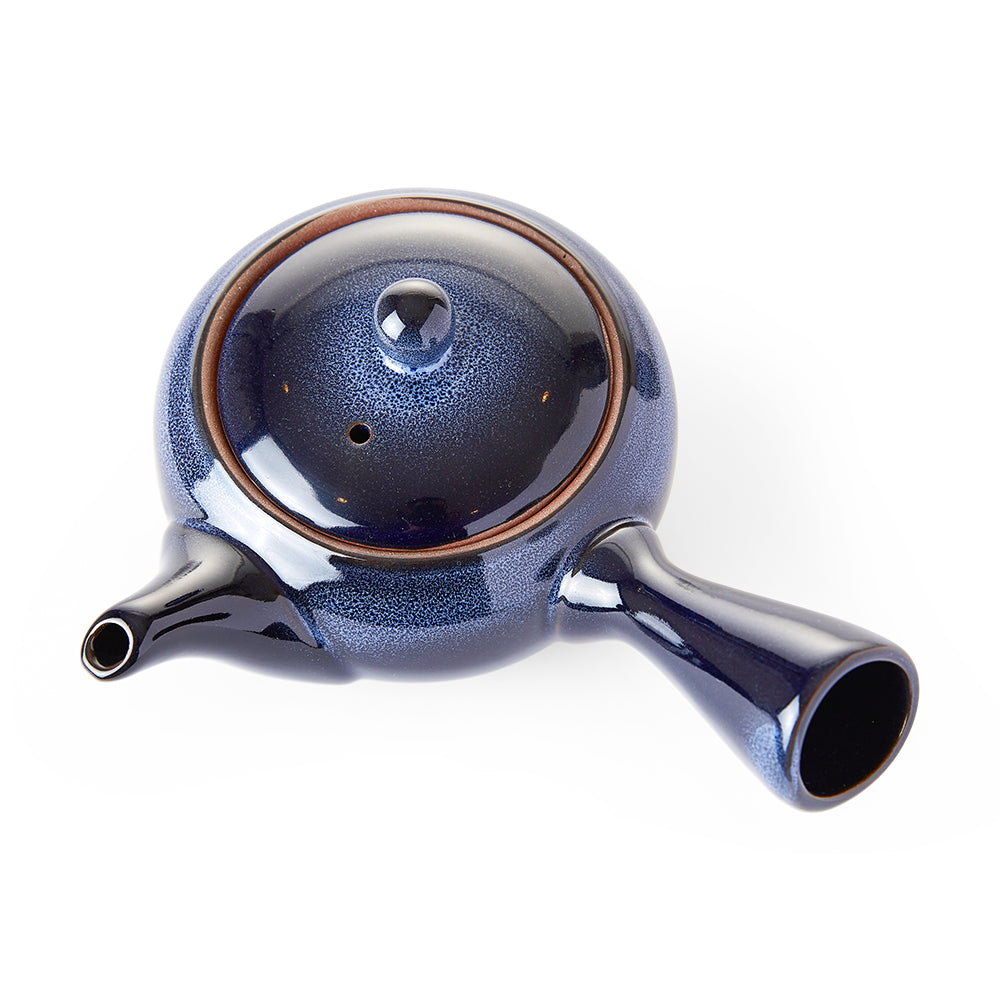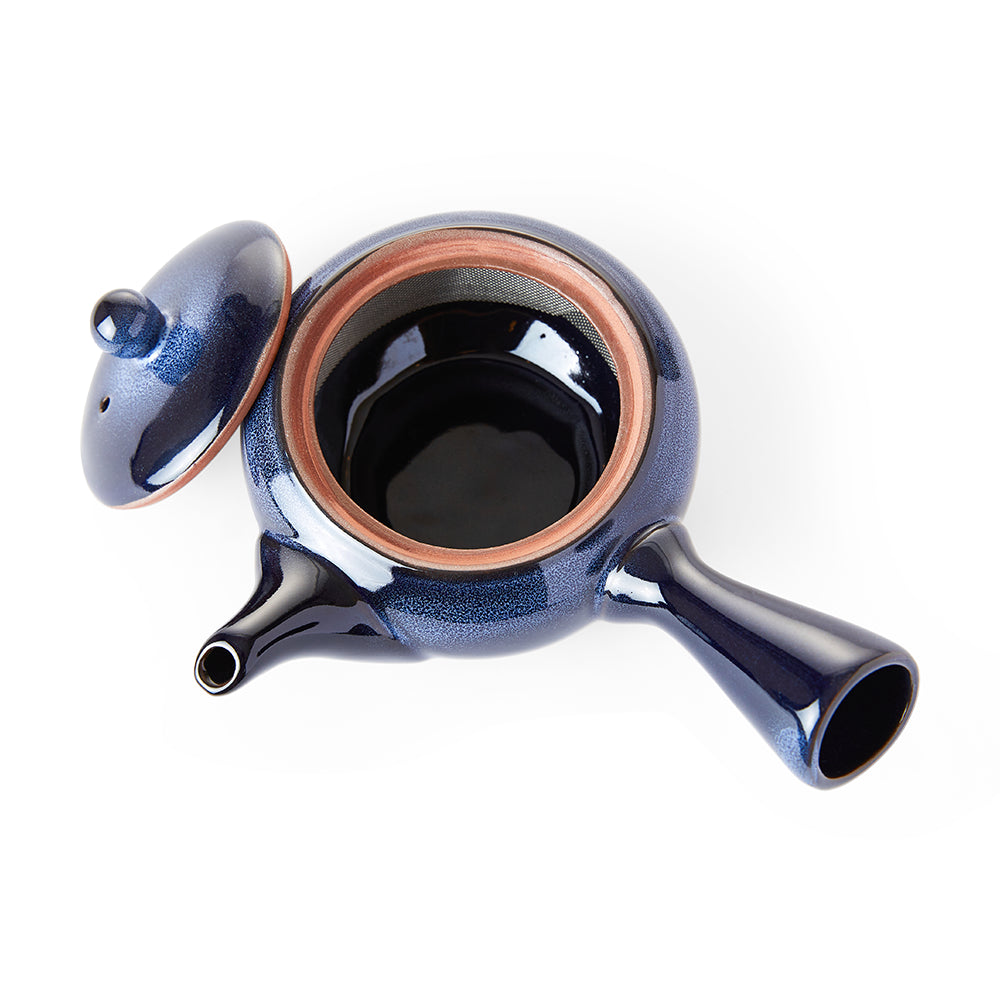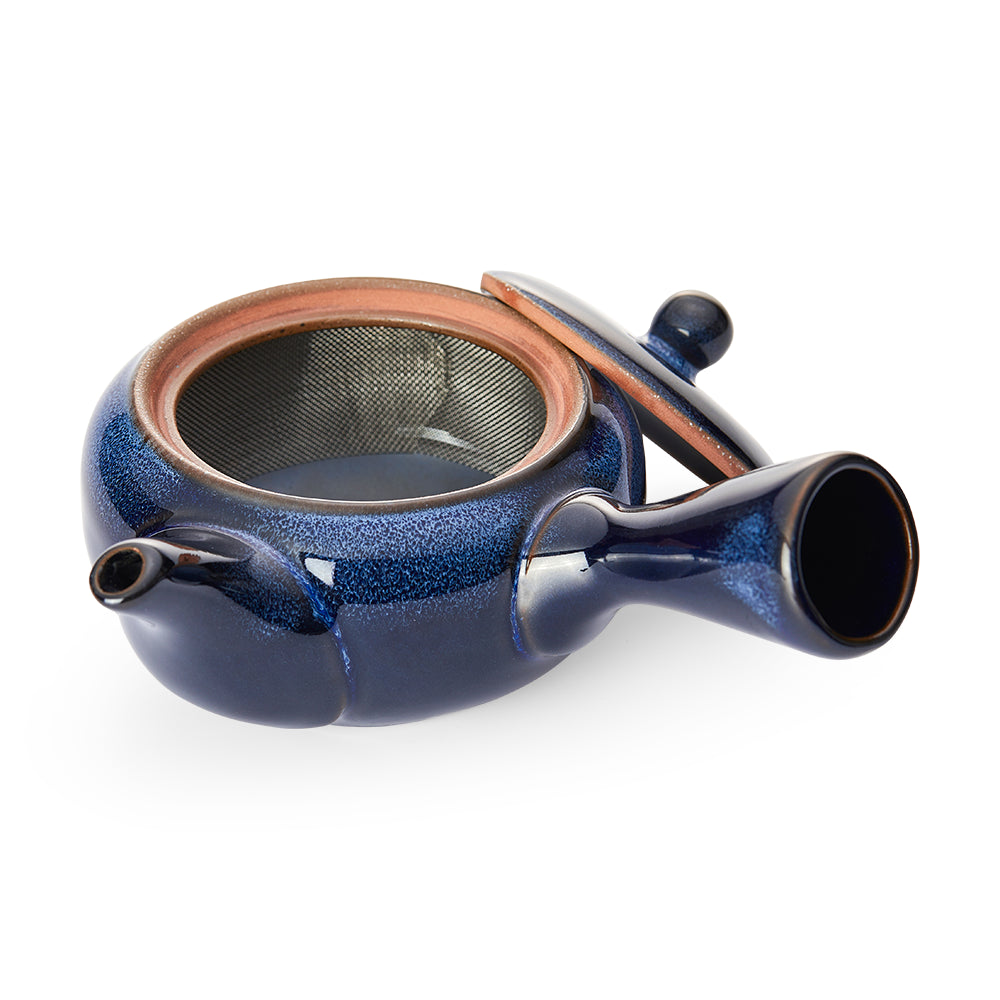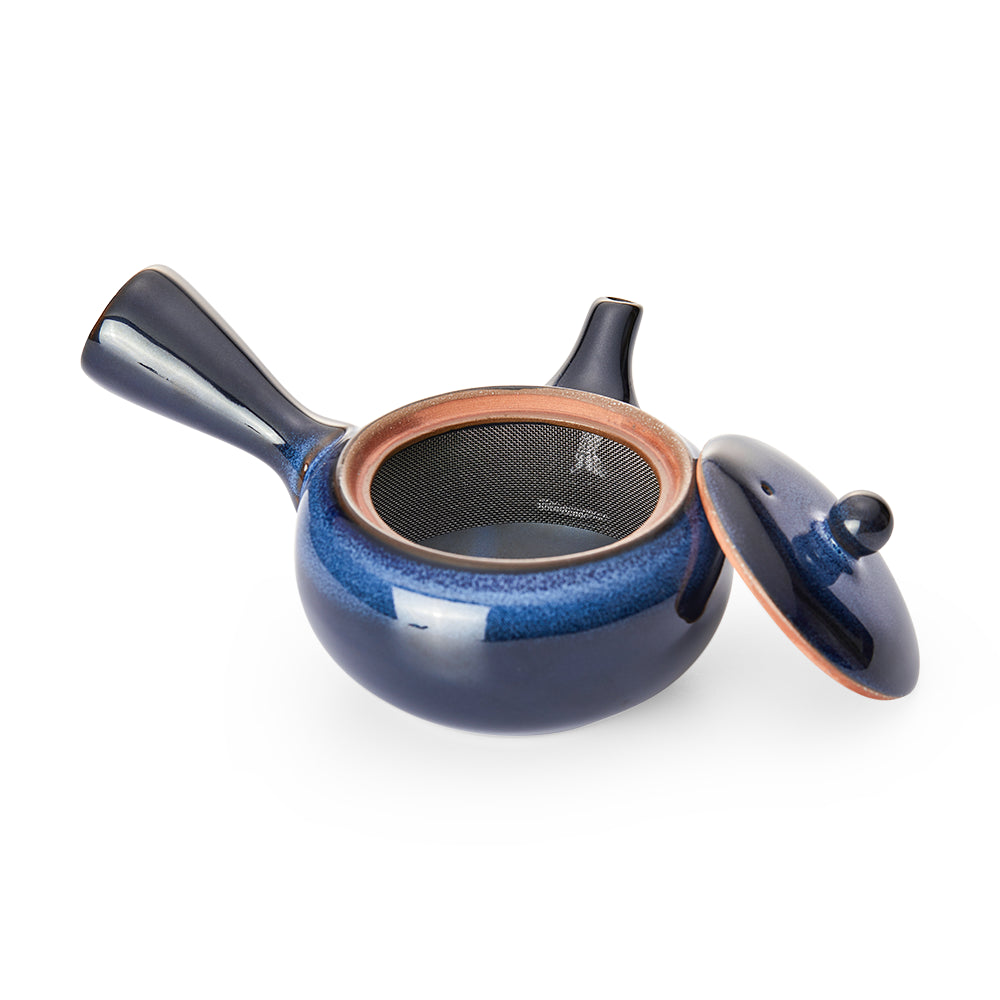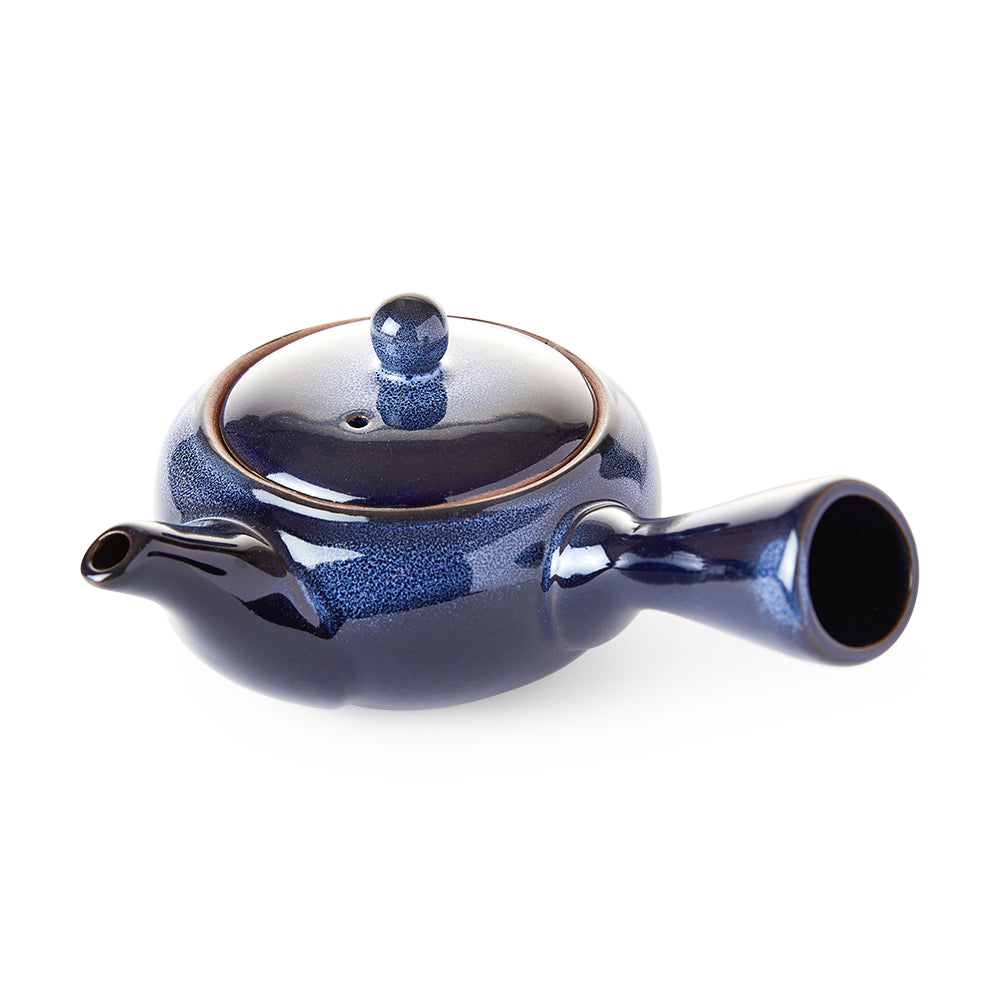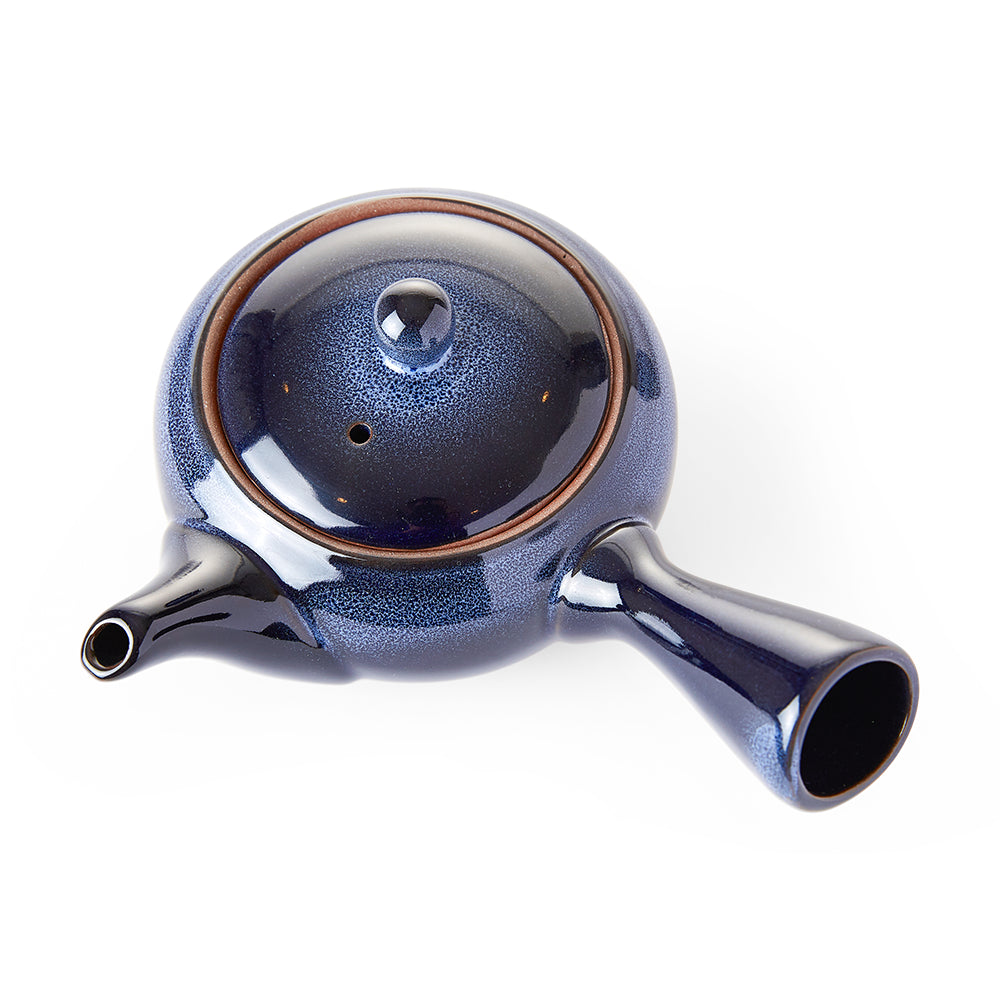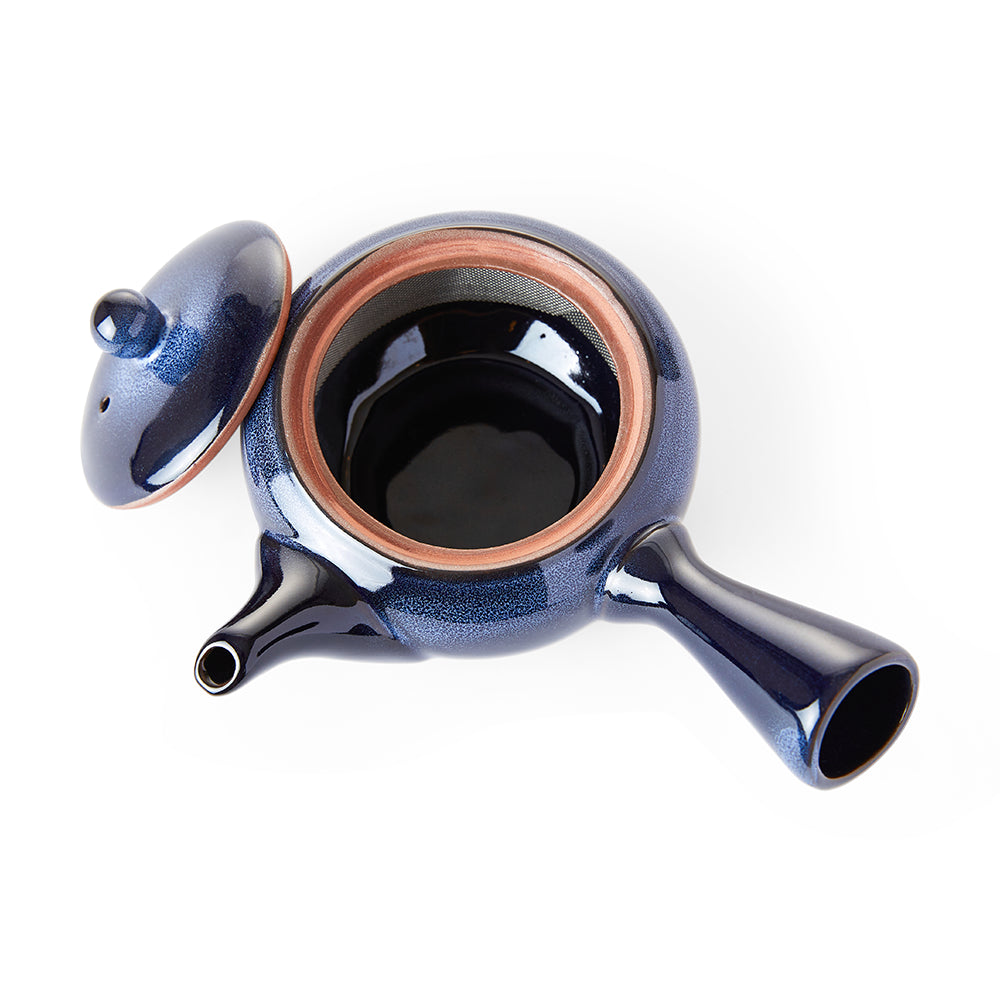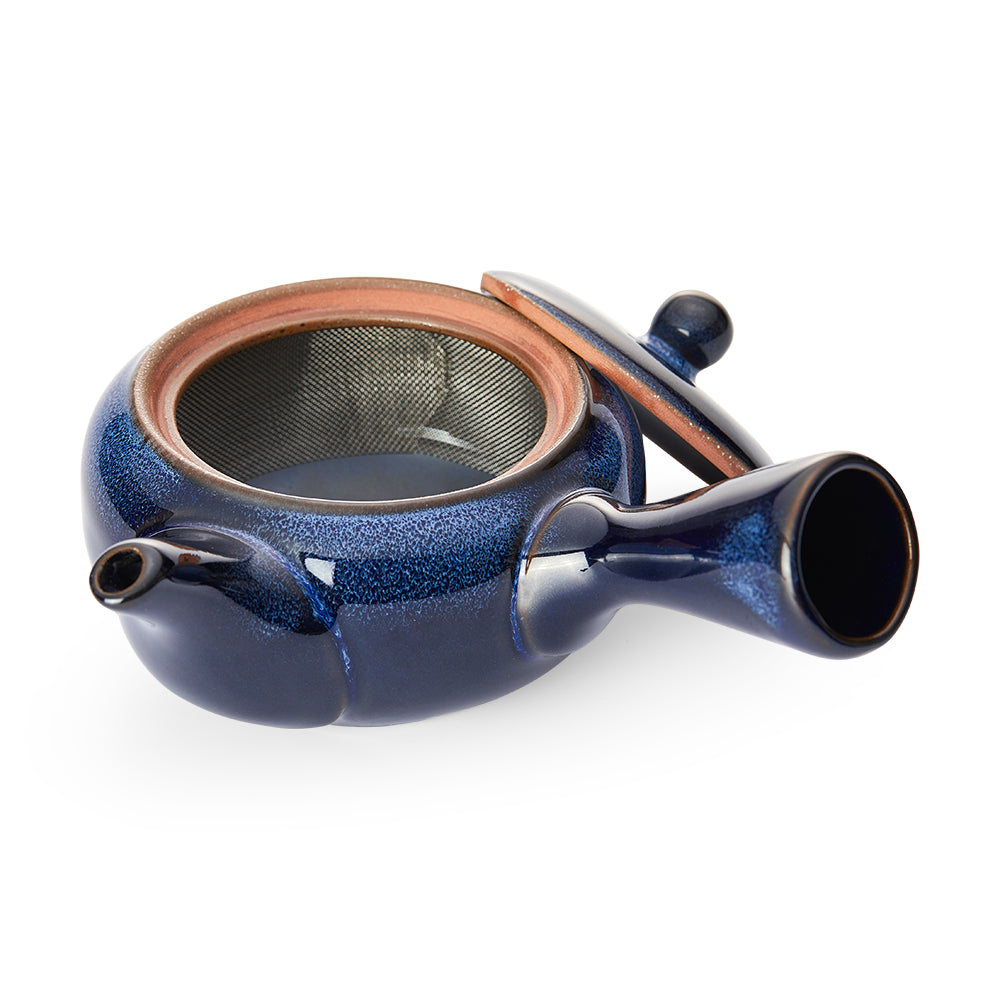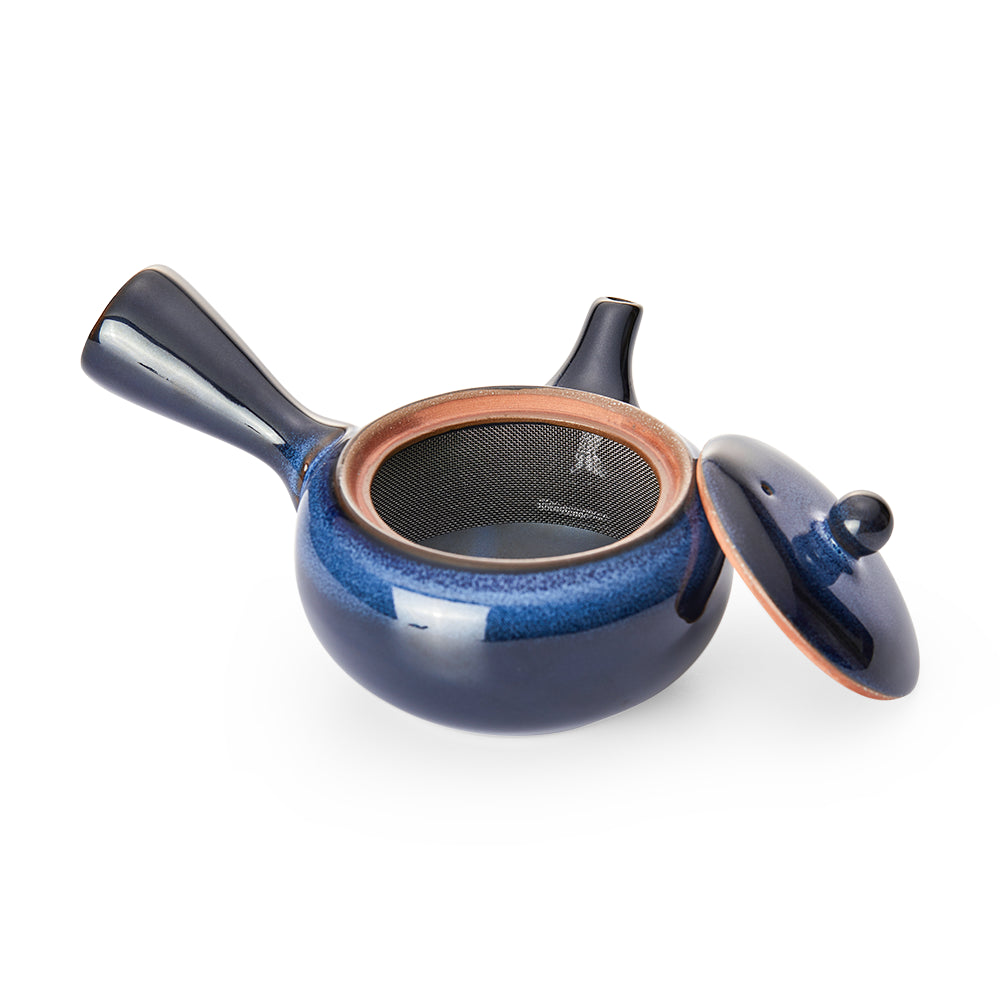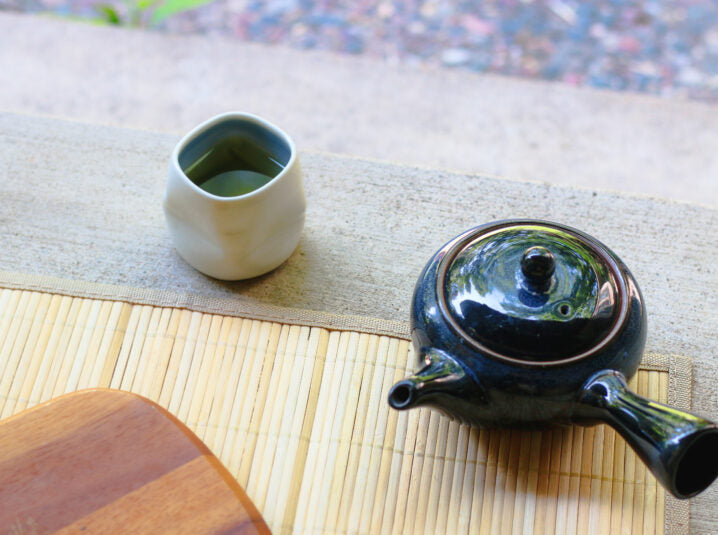
Kyusu Teapot Guide: How to Use a Japanese Teapot to Brew Green Tea
A kyusu teapot is an essential tool for brewing authentic Japanese green tea, designed to bring out the delicate flavors and aromas unique to these teas. As a result, it has become a staple for tea enthusiasts who appreciate precise and traditional brewing methods. If you’re wondering how to use a Japanese teapot, this guide will take you through everything you need to know—from understanding the different styles of kyusu to mastering the brewing process.

What is a Kyusu Teapot?
A kyusu (sometimes spelled kyuusu) is a traditional Japanese teapot used primarily for brewing Japanese green tea, such as sencha, gyokuro, and bancha. Compared to Western teapots, a kyusu is notably smaller (typically around 270ml) and designed for precise brewing, allowing you to extract the full flavor of the tea leaves through controlled steeping.
Although "kyusu" is commonly associated with sencha, different styles of Japanese teapots are crafted for various types of tea. Therefore, understanding these styles will help you choose the best teapot for your brewing needs.
Japanese Teapot Guide: Three Main Styles
There are three primary styles of kyusu teapots, each designed with a unique handle placement for different brewing techniques.

1. Yokode Kyusu (Side-Handle Teapot)
- Most common Japanese teapot style
- Best for: Sencha, gyokuro, and daily green tea brewing
A yokode kyusu has a handle on the side, making it easy to pour with a single hand. Because of this design, it helps with precise pouring, ensuring that each cup gets an even extraction of flavor. As a result, it is ideal for small, controlled pours, especially for premium green teas like gyokuro and fukamushicha.

2. Ushirode Kyusu (Back-Handle Teapot)
- Resembles Western teapots
- Best for: Brewing multiple servings
The ushirode kyusu has a back handle, similar to Western teapots. This style is great for those who prefer a familiar grip and is commonly used for Chinese, European, and Japanese green teas. Its larger capacity makes it suitable for brewing several cups at once.

3. Uwade Kyusu (Top-Handle Teapot)
- Best for brewing larger quantities
- Often used for hojicha or bancha
An uwade kyusu has a top handle, sometimes made from bamboo or rattan or cast-iron. This design helps protect your hands from heat and is commonly used for brewing larger quantities of green tea. The dobin, a well-known style of top-handle kyusu, is excellent for casual or group tea drinking. A full cast-iron teapot or kettle is often referred to a tetsubin, which is crafted from the finestmaterial to enhance heat retention and enrice your tea flavor.
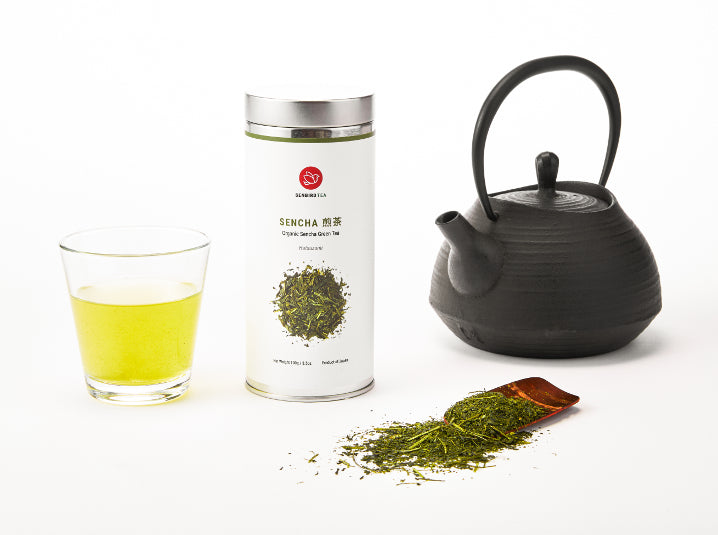
Why Use a Japanese Teapot?
A kyusu teapot is uniquely crafted for brewing Japanese green tea, offering several advantages over regular teapots:
- Made for Green Tea: The porous clay helps maintain heat and enhances the flavor profile of Japanese teas.
- Precision Brewing: Additionally, the built-in strainer allows loose-leaf tea to expand fully while preventing tea leaves from pouring out.
- Aesthetic & Functional: Each handmade kyusu is a piece of traditional Japanese craftsmanship, blending art and practicality.

How to Brew with a Kyusu Teapot Guide
Now that you understand the different kyusu teapot styles, let’s walk through the step-by-step process of how to use a Japanese teapot for brewing green tea. By following these steps, you’ll be able to achieve the perfect infusion while bringing out the delicate flavors of your tea.
What You’ll Need:
- Kyusu teapot
- Water cooling pitcher (Yuzamashi) – for adjusting water temperature
- Teaspoon
- Teacups
Step-by-Step Brewing Process:
Step 1: Cool the Water & Measure the Tea
- Boil fresh water in a kettle and let it cool slightly in a yuzamashi (water cooling pitcher) to reach the ideal temperature.
- Green tea requires specific temperatures:
- Gyokuro: 50-60°C (122-140°F)
- Sencha: 70-80°C (158-176°F)
- Hojicha / Genmaicha: 90-100°C (194-212°F)
- Measure 5g of tea (about 1 teaspoon) for 200-250ml of water.
Step 2: Add Tea to the Teapot
- Place the dry tea leaves into your kyusu teapot.
Step 3: Pour Water into the Teapot
- Once the water has cooled to the correct temperature, pour it into the kyusu, filling it about 90% full.
- Avoid overfilling to allow the tea leaves to expand properly.
Step 4: Infuse the Tea
- Cover the kyusu with its lid and let the tea steep for the recommended time:
Step 5: Pour the Tea Evenly
- Hold the kyusu with one hand and secure the lid with your thumb while pouring.
- Pour in small amounts, alternating between each cup 6-7 times to ensure even distribution of flavor.
- Do not leave excess water in the kyusu after pouring—the remaining tea will become too strong and bitter.

Additional Japanese Teapot Tips & Facts
- Kyusu teapots have a built-in groove inside to prevent tea leaves from brewing in leftover water between infusions.
- Meanwhile, some kyusu teapots include a plastic ring on the spout to reduce drips while pouring.
- Many kyusu teapots are made from Tokoname clay, which enhances the natural flavor of green tea.
- Most importantly, do not use dish soap when cleaning a kyusu Japanese teapot—simply rinse with warm water.
- Similarly, never place a kyusu teapot directly on fire or a stove, as they are made for brewing, not boiling.
- Always let the kyusu dry naturally with the lid off to prevent moisture buildup.
Choosing and Using a Japanese Teapot
A kyusu teapot plays a crucial role in authentic Japanese tea brewing, combining precision, craftsmanship, and an enhanced green tea experience. Unlike Western teapots, a kyusu’s design brings out the delicate flavors of Japanese green tea. Therefore, mastering how to use a Japanese teapot will refine your brewing technique and elevate each cup.
If you plan to invest in a high-quality kyusu teapot, choose one made from Tokoname clay, valued for its heat retention and flavor-enhancing properties. For example, this clay absorbs excess bitterness, resulting in a smoother taste. Finally, pair your kyusu with premium Japanese green tea and savor the true essence of Japanese tea culture in every sip!
🍵 Drinking our tea? Snap a pic and tag us on Instagram at @senbirdtea or #senbirdtea. We’d love to see your moment with tea!
If you want to read more articles on teaware, check them out here:
- 4 Ways to Brew Loose Leaf Tea Without and Infuser
- 3 Ways to Make Matcha Without a Whisk
- 8 Essential Teaware Tools for Every Tea Lover
- Japanese Cast Iron Tea Kettles: A History of the Tetsubin
- How to Brew Green Tea with a Yuzamashi
- How to Make Matcha with a Bamboo Whisk
Share your moment with us and stay connected on:

